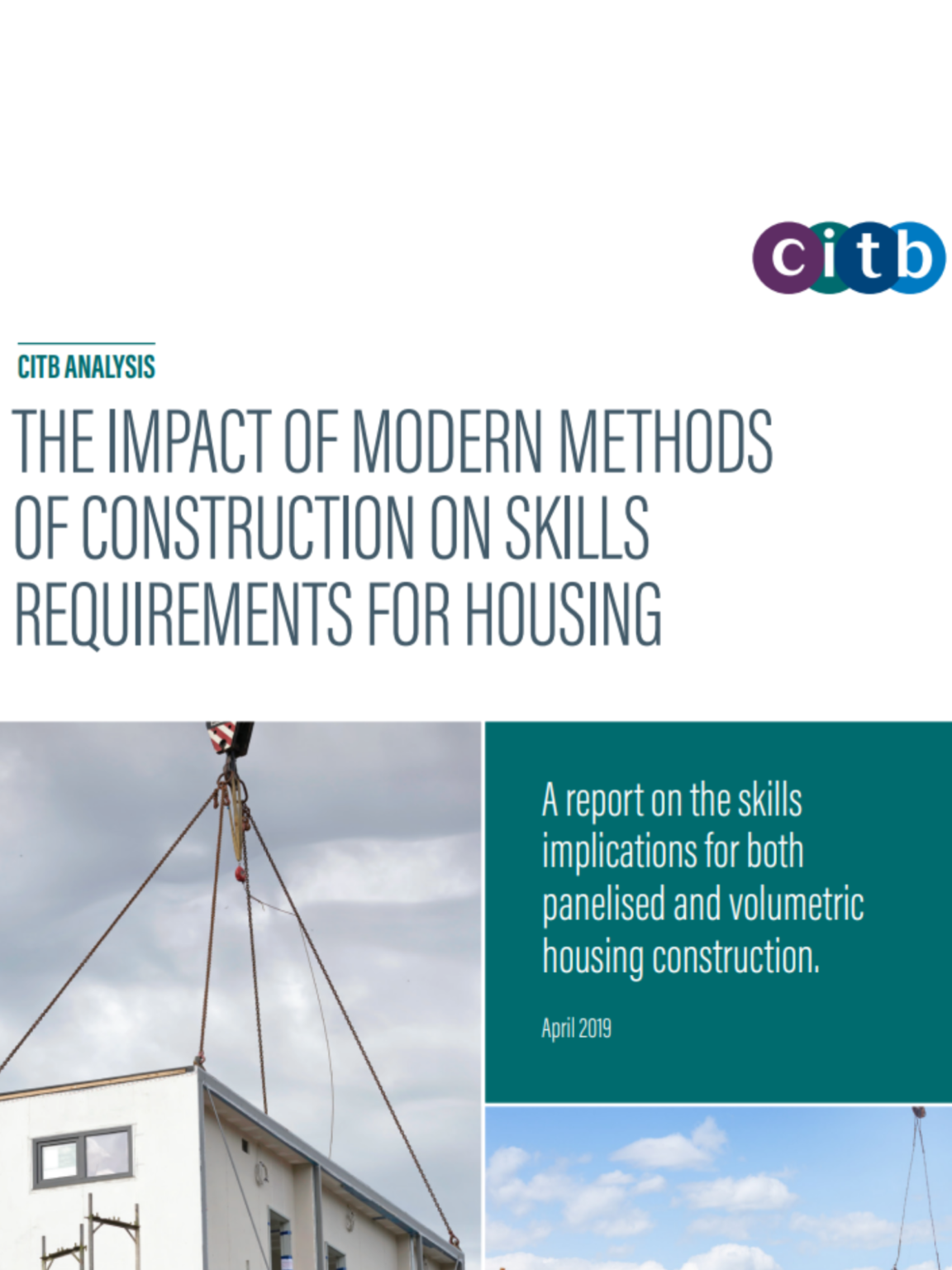Major commissions and outcomes
Labour demand forecasting, whole life cost analysis, and productivity and sustainability studies for major infrastructure and low carbon projects.

Labour and skills forecasting, Low carbon skills demand
South London Partnership
WLC Ltd was commissioned by the South London Partnership to develop a forecasting solution to estimate the labour demand for low-carbon construction in both new and existing domestic and non-domestic buildings across six South London councils, identifying skills shortages and net zero workforce needs.
- Total of 28,800 constructions workers required iin South London in 2023 (7% of London’s construction workforce)
- 66,250 person-years will be required to deliver the modelled EPC interventions only
- Priority shortages in scaffolders, electricians, plumbers, roofers, bricklayers
Labour and skills forecasting
HS2 Labour and Skills Analysis
WLC Ltd provided the critical modelling and labour forecasting capability to help understand not just how many workers were needed, but which skills, when, and where—across every phase of the national high-speed rail programme.
- HS2 labour demand would peak at 34,300 workers in 2027/28, with over 306,000 person-years required across all phases.
- High recruitment pressure expected for roles like civil engineers, scaffolders, and plant operatives, especially in the West Midlands and North West.
- Apprenticeship declining, particularly at Level 2, raising concerns about future workforce supply .
- Low workforce mobility, with most construction workers staying within their region, complicating HS2’s multi-regional labour needs.


Life Cycle Costing / BREEAM Accreditation
Life Cycle Costing / BREEAM Accreditation
WLC Ltd, supporting CHP, delivered a component-level Life Cycle Cost (LCC) assessment for a new office development in Lambeth to meet BREEAM Life Cycle Cost and Service Life Planning (Man 02) requirements.
Using our ISO 15686-compliant WLC Evaluator software, we assessed the LCC of the envelope, floor finishes, and ventilation systems over a 60-year period, providing evidence for value engineering and long-term cost efficiency.
- Assessed cladding, glazed curtain walling, flooring, and ventilation construction, maintenance, and replacement costs.
- Delivered evidence-based recommendations to optimise durability, maintenance regimes, and whole-life performance.
- Provided the evidence required to demonstrate how the component level LCC options appraisal has been used to influence building and systems design and specification to minimise life cycle costs and maximise critical value.
- Supported CHP in delivering BREEAM-compliant Life Cycle Costing.
Productivity improvement
CITB/Ministry of Communities, Housing and Local Government
WLC, with CITB, modelled how scaling Modern Methods of Construction (MMC) affects England’s housing workforce.
Expert survey demonstrated that panellised construction could increase labour productivity in housebuilding by 4%, but that volumetric construction could increase it by 14% compared with traditional construction methods. Both methods cut on-site labour, but volumetric construction drives the largest productivity gains and offsite job growth, demanding new manufacturing, logistics, and assembly skills alongside traditional construction expertise.
- To meet the 300k-homes target by 2025–26 without MMC, the workforce must grow from 493k to 688k (+40%).
- Greater MMC uptake could reduce workforce demand by up to 22%, especially with volumetric methods.

